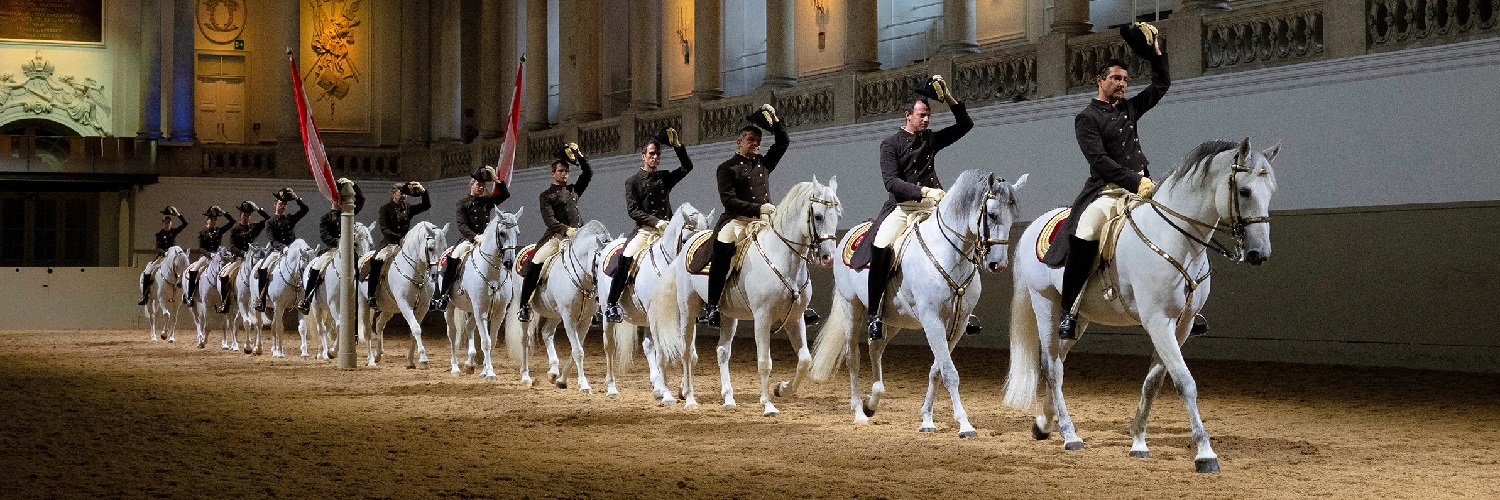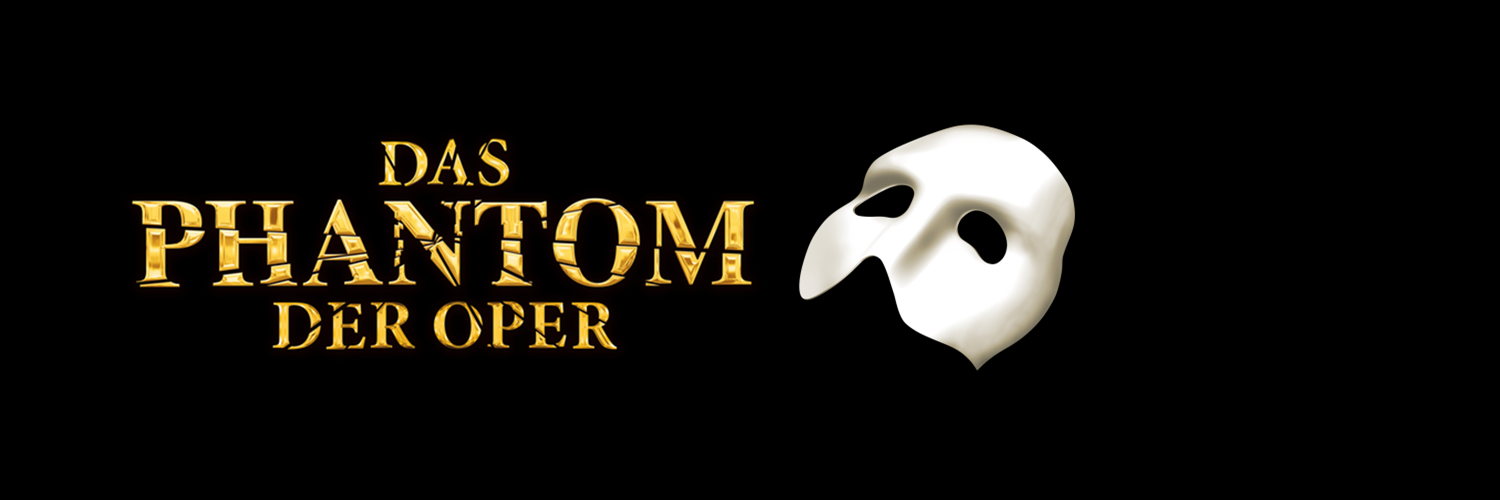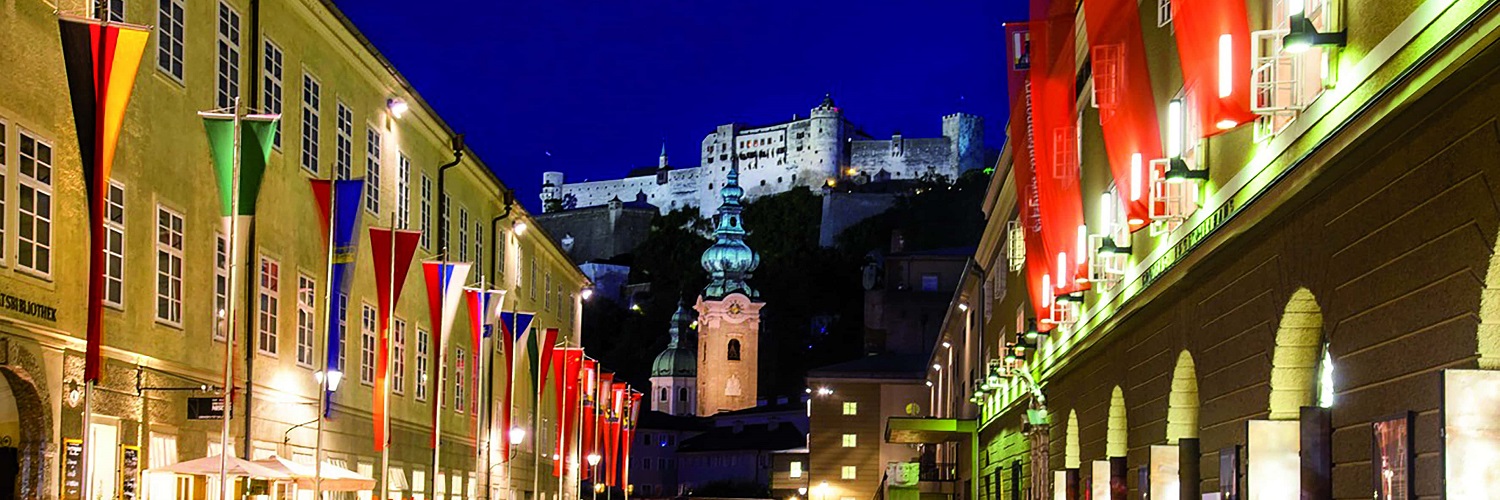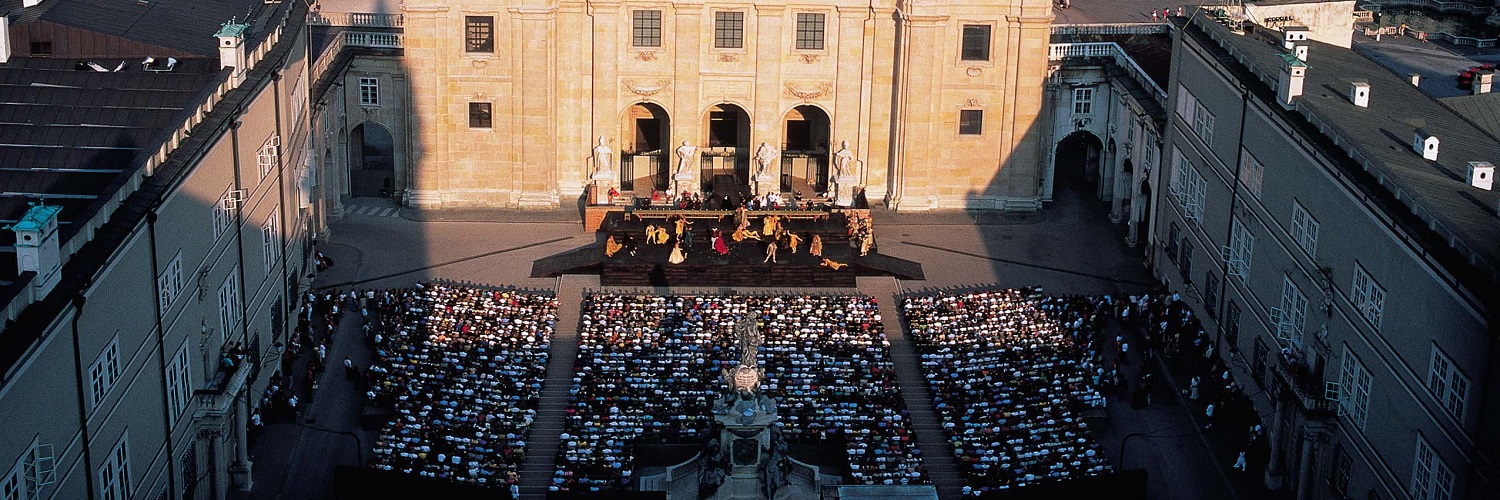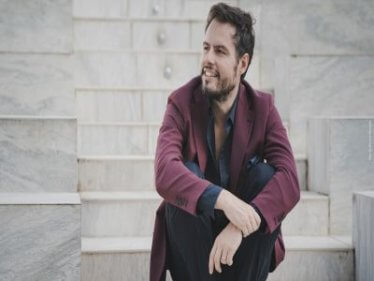Orfeo - Schedule, Program & Tickets
Orfeo
Dramma per musica in three acts (1736)
Music by Nicola Antonio Porpora
Libretto by Paolo Antonio Rolli
Concert performance in Italian
Musical director Dmitry Sinkovsky
Orfeo Raffaele Pe
Euridice Marie Lys
Proserpina Giuseppina Bridelli
Aristeo Filippo Mineccia
Autonoe Raffaella Lupinacci
Plutone Christian Senn
Orchestra La Lira d‘Orfeo
The Neapolitan Nicola Antonio Porpora was the leading singing teacher of the 18th century and trained legendary castrato singers like Farinelli in his hometown. In 1733 he was appointed artistic director of the Opera of the Nobility in London and thus competed with the opera company of George Frideric Handel. Porpora relied entirely on the virtuosity of the singers in his works, and he managed to bring some of his former students to London. For four seasons, Porpora and Handel competed for the benefit of the London public, but the great effort put into both companies ultimately went bankrupt at the same time. The workload for a Baroque opera composer was high, Porpora and Handel composed at least one, often two, operas per season. In this situation, efficiency was important: Both used their own arias that had already been written for their new operas and integrated arias by other composers into the new pieces - there were no copyrights at the time. For his arrangement of the Orpheus material, Porpora had a famous ensemble of singers available and made extensive use of works by other composers. The famous Farinelli took on the role of Orpheus, as Eurydice, Francesca Cuzzoni, one of the most famous sopranos of the Baroque, appeared. For Farinelli's rival Senesino, the role of Aristeo, who acts as Orpheus' rival, was specially invented, and in order to completely twist the ancient myth, the ending was provided with a double wedding. Still celebrated after its premiere in London in 1736, Porporas Orfeo disappeared in the archives for centuries. It was not until the 1980s that the evaluation of previously unconsidered documents began, and since then more than a dozen arias have been assigned to their actual composers. The majority of the pasticcios comes from Porpora himself, for the rest he has used Arpaia, Hasse, Veracini, Vinci and Giacomelli. Such compilations were common in the 18th century, they came about because of time pressure, but also enabled the ensemble members to shine with arias that exactly matched their skills.
Subject to changes.
Music by Nicola Antonio Porpora
Libretto by Paolo Antonio Rolli
Concert performance in Italian
Musical director Dmitry Sinkovsky
Orfeo Raffaele Pe
Euridice Marie Lys
Proserpina Giuseppina Bridelli
Aristeo Filippo Mineccia
Autonoe Raffaella Lupinacci
Plutone Christian Senn
Orchestra La Lira d‘Orfeo
The Neapolitan Nicola Antonio Porpora was the leading singing teacher of the 18th century and trained legendary castrato singers like Farinelli in his hometown. In 1733 he was appointed artistic director of the Opera of the Nobility in London and thus competed with the opera company of George Frideric Handel. Porpora relied entirely on the virtuosity of the singers in his works, and he managed to bring some of his former students to London. For four seasons, Porpora and Handel competed for the benefit of the London public, but the great effort put into both companies ultimately went bankrupt at the same time. The workload for a Baroque opera composer was high, Porpora and Handel composed at least one, often two, operas per season. In this situation, efficiency was important: Both used their own arias that had already been written for their new operas and integrated arias by other composers into the new pieces - there were no copyrights at the time. For his arrangement of the Orpheus material, Porpora had a famous ensemble of singers available and made extensive use of works by other composers. The famous Farinelli took on the role of Orpheus, as Eurydice, Francesca Cuzzoni, one of the most famous sopranos of the Baroque, appeared. For Farinelli's rival Senesino, the role of Aristeo, who acts as Orpheus' rival, was specially invented, and in order to completely twist the ancient myth, the ending was provided with a double wedding. Still celebrated after its premiere in London in 1736, Porporas Orfeo disappeared in the archives for centuries. It was not until the 1980s that the evaluation of previously unconsidered documents began, and since then more than a dozen arias have been assigned to their actual composers. The majority of the pasticcios comes from Porpora himself, for the rest he has used Arpaia, Hasse, Veracini, Vinci and Giacomelli. Such compilations were common in the 18th century, they came about because of time pressure, but also enabled the ensemble members to shine with arias that exactly matched their skills.
Subject to changes.
There are no products matching the selection.

